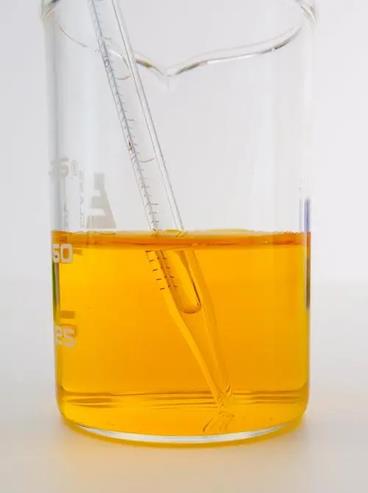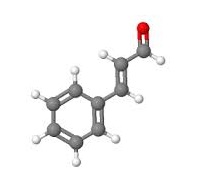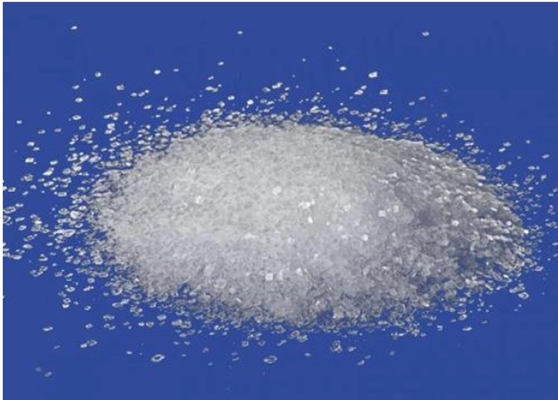The hypoglycemic, hypolipidemic, and Antitumorigenic effects of Cinnamaldehyde
Description
Cinnamaldehyde, a traditional flavoring derived from Cinnamon trees and other species of Cinnamomum, is commonly used as a natural flavoring and fragrance agent in both kitchens and industrial settings. It naturally occurs in trans-cinnamaldehyde form and is a yellow, viscous liquid that constitutes 98% of the essential oil of Cinnamon bark. It was first isolated by Dumas and Péligot and subsequently synthesized in the laboratory by Italian chemist Luigi Chiozza in 1854.
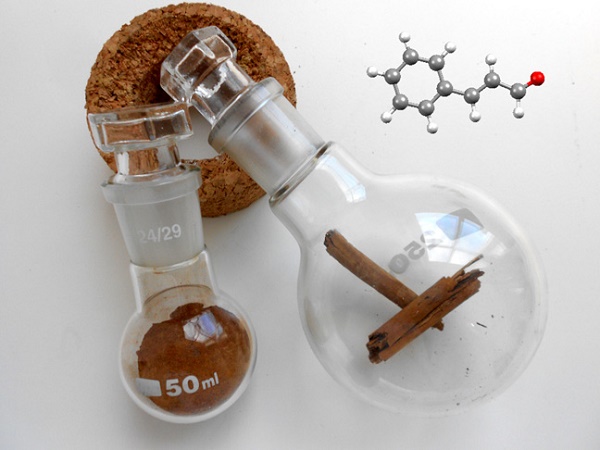
Hypoglycemic and hypolipidemic effects
In 2007, Subash et al. first reported a hypoglycemic and hypolipidemic effect of cinnamaldehyde on streptozotocin (STZ)-induced male diabetic Wistar rats. Cinnamaldehyde has been extensively studied in animal models of diabetes and obesity. [1]
cinnamaldehyde, cinnamic acid, eugenol, and polyphenols have been evidenced to exhibit promising effects in preventing the development of diabetes. It exhibits beneficial effects in the prevention and treatment of diabetes through the regulation of blood glucose and lipid metabolism and the improvement of insulin sensitivity. This compound shows anti-obesity effects by reducing lipid accumulation and downregulating the peroxisome proliferator-activated receptor-γ, CCAAT/ enhancer-binding protein α, and sterol regulatory element-binding protein 1.
Moreover, Cinnamaldehyde has been found to improve diabetic disorders in different organs and tissues, including the gastrointestinal tract, liver, kidney, pancreas, skeletal muscle tissue, adipose tissue, and hypothalamus. Furthermore, it inhibits lipopolysaccharide-induced microglial activation by targeting the low-density lipoprotein receptor-related protein-1.
Antitumorigenic effects
The diverse antiproliferative and anti-invasive effects of cinnamon bark extracts, single compounds purified from cinnamon extracts, and their derivatives have been reported, both in vivo and in vitro. Most of the antitumorigenic effects of cinnamon extracts can be attributed to cinnamaldehydes, the main component of the essential oil, responsible for the flavor and aroma of the whole cinnamon. It was reported that cinnamaldehydes inhibited cancer cell proliferation by inhibiting cyclin D1 in several tumors. Cinnamaldehydes induce apoptosis by generating reactive oxygen species (ROS) in HL-60 leukemia cells and activating pro-apoptotic Bcl-2 family proteins and the MAPK signaling pathway in human hepatoma cells[2].
conclusion
In conclusion, cinnamaldehyde has been shown to have potential anticancer effects by inhibiting the growth of cancer cells and inducing apoptosis. Additionally, it has also been linked to lowering blood glucose levels in individuals with diabetes. The dual benefits of cinnamon aldehyde in potentially combating cancer and managing blood sugar levels make it a promising candidate for further research and potential therapeutic use. However, more studies are needed to fully understand the mechanisms behind its effects and its potential application in cancer treatment and diabetes management. Overall, the findings support the notion that cinnamon aldehyde may have significant health benefits and warrant further exploration.
References
[1] Ruyuan Zhu . "Cinnamaldehyde in diabetes: A review of pharmacology, pharmacokinetics and safety." Pharmacological research 122 (2017): Pages 78-89.
[2] Su-Hyung Hong. "Cinnamaldehydes in Cancer Chemotherapy." Phytotherapy Research 1 1 (2016): 754–767.
);You may like
Related articles And Qustion
Lastest Price from Cinnamaldehyde manufacturers

US $3990.00-3975.00/Tons2024-04-26
- CAS:
- 104-55-2
- Min. Order:
- 1Tons
- Purity:
- 99.99%
- Supply Ability:
- 100Tons
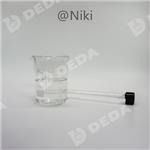
US $10.00-30.00/kg2024-04-24
- CAS:
- 104-55-2
- Min. Order:
- 1kg
- Purity:
- 99%
- Supply Ability:
- 100ton/ month

